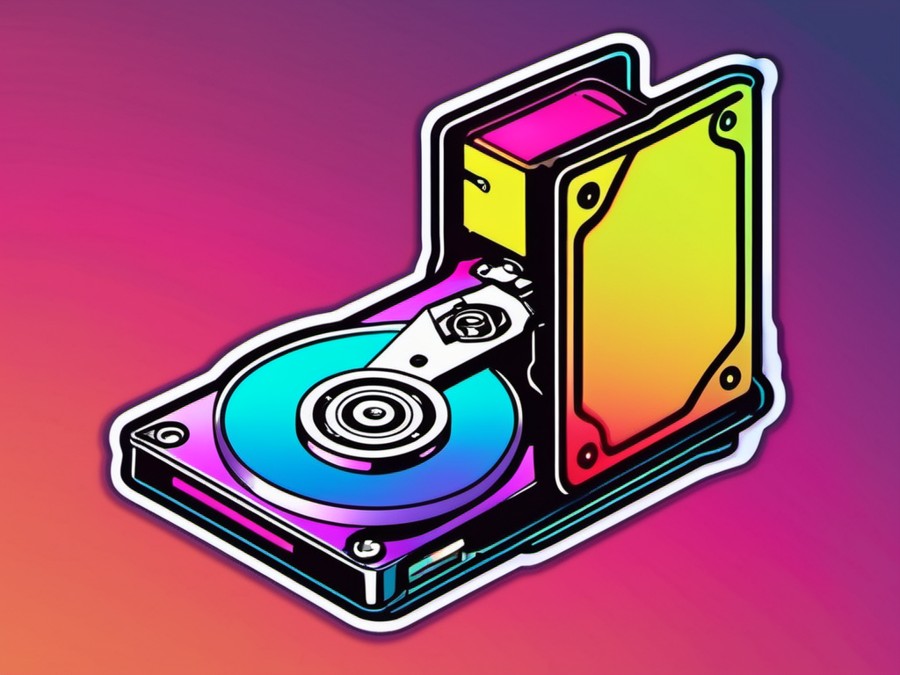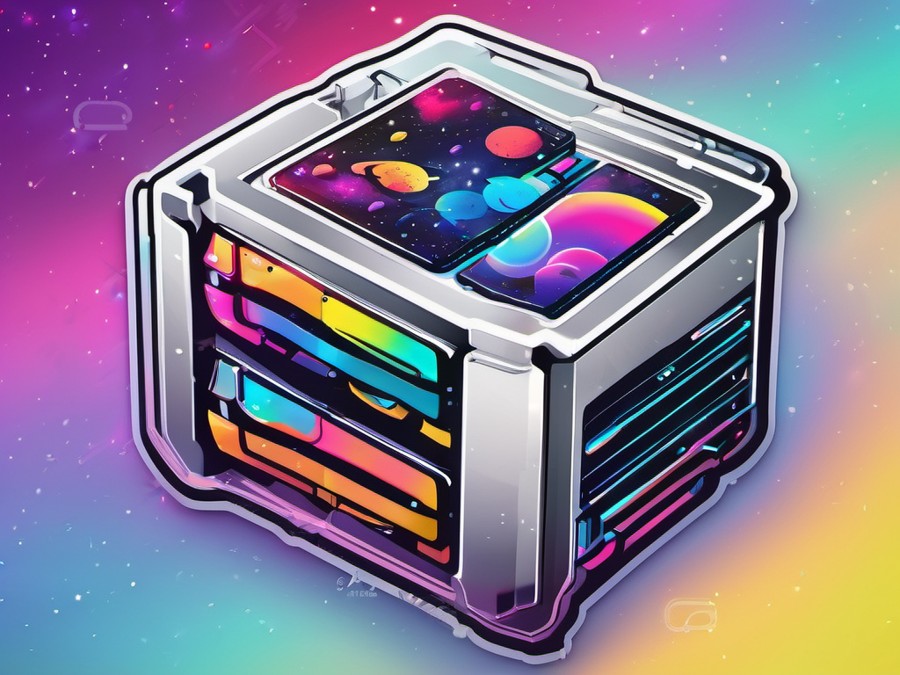· Charlotte Will · Hard Drive Accessories · 7 min read
What is a USB 3.0 Hard Drive Cable and What Are Its Benefits?
Discover the benefits of using a USB 3.0 hard drive cable for faster data transfer, improved compatibility, and enhanced durability. Learn how to maximize performance and choose the best cable for your needs.

Understanding USB 3.0 Hard Drive Cables
What is a USB 3.0 Hard Drive Cable?
A USB 3.0 hard drive cable is a specialized cable designed to connect external hard drives or other storage devices to a computer or laptop using the USB 3.0 standard. This cable allows for faster data transfer rates compared to older standards like USB 2.0 and ensures compatibility with a wide range of devices.
The introduction of USB 3.0 brought significant improvements in data transfer speeds, making it a popular choice for both personal and professional use. If you’re wondering whether your current setup includes this cable, you can usually identify these cables by their blue connectors or ports.
Key Components of a USB 3.0 Cable
- The Connectors: These connectors are designed to fit snugly into both USB 3.0 and older USB 2.0 ports, ensuring backward compatibility.
- The Cable Itself: High-quality materials like braided nylon or woven fabric are used to ensure durability.
- Integrated Circuitry: Some advanced cables come with integrated circuit chips to enhance data transfer speeds and reliability.
Benefits of Using a USB 3.0 Hard Drive Cable
Enhanced Data Transfer Speed
One of the primary advantages of using a USB 3.0 hard drive cable is the enhanced data transfer speed. Compared to older USB 2.0 standards, USB 3.0 can theoretically transfer data at up to 5 Gbps (gigabits per second), which is about ten times faster than USB 2.0’s maximum of 480 Mbps. This speed is particularly beneficial when you’re dealing with large files, such as high-definition videos or large databases.
Improved Compatibility
USB 3.0 cables are designed to be backward compatible, meaning they can work with both USB 2.0 and even some USB 1.1 devices. This ensures that you don’t need to replace all your existing hardware when upgrading to USB 3.0. Additionally, they are also forward compatible, ensuring that your investment is future-proof and can continue to be used with newer USB standards.
Durability and Reliability
The physical design of USB 3.0 cables often includes enhanced materials and construction to ensure they are more resistant to wear and tear over time. This can include stronger connectors, shielded wires to prevent interference, and overall better build quality. If you’re looking for tips on extending the lifespan of your USB 3.0 cable, you can read more about USB-C Cable Benefits.
Enhanced Connectivity
One of the lesser-known benefits of USB 3.0 cables is their improved power delivery. This means that they can provide more stable and consistent power to the connected devices, which is essential for high-performance peripherals. Not only does this enhance the performance of your devices, but it also ensures that they run more reliably over extended periods.
How USB 3.0 Cables Compare to Other Standards
USB 3.0 vs. USB 2.0
When comparing USB 3.0 with the older USB 2.0 standard, the differences are quite stark:
- Data Transfer Speed: While USB 2.0 tops out at 480 Mbps, USB 3.0 can achieve speeds up to 5 Gbps.
- Power Delivery: USB 3.0 offers more stable and higher power delivery, which is crucial for modern devices that require more juice to operate.
- Compatibility: USB 3.0 cables are backward compatible with older standards but provide the benefits of faster data transfer and more reliable connections.
USB 3.0 vs. USB-C
While USB-C is the latest standard, it serves a different purpose from USB 3.0:
- Design and Functionality: USB-C is designed to be a universal connector that can handle various types of data and power transfer, not just for storage devices but also for monitors, chargers, and more.
- Complementary Roles: USB 3.0 is still essential for devices that require high-speed data transfer specifically tailored for external hard drives and other storage solutions.
Choosing the Best USB 3.0 Hard Drive Cable
Factors to Consider When Buying
- Quality of Materials and Construction: Look for cables made with high-quality materials like braided nylon or metal connectors to ensure durability.
- Length and Type of Cable: Depending on your setup, you might need a longer cable or one with specific features like coiled cables for ease of use.
- Reviews and Warranties: Always check user reviews to understand real-world performance. A good warranty can also be an indicator of the cable’s quality and reliability.
Popular Brands and Recommendations
When it comes to reputable brands, you can’t go wrong with names like Samsung, SanDisk, or Crucial. These brands often offer cables with enhanced features, strong warranties, and excellent customer support. For more specific recommendations, you can explore Where to Find the Fastest USB 3.0 Flash Drives.
Real-World Applications of USB 3.0 Hard Drive Cables
Everyday Use Cases
- Backing Up Important Data: If you’re frequently backing up your data to an external hard drive, a USB 3.0 cable ensures that the process is quick and painless.
- Transferring Large Files: Whether you’re dealing with large video files, high-resolution photos, or substantial databases, USB 3.0 cables make the transfer process much faster.
Professional Scenarios
- Data Management in Office Environments: For offices that rely on external hard drives for data backup and management, a USB 3.0 cable ensures efficient workflow.
- Creative Industries: Professionals in video editing or graphic design often work with large files. A USB 3.0 cable ensures that they can quickly transfer and access their work without delays.
Tips for Maximizing the Performance of Your USB 3.0 Cable
Proper Installation and Maintenance
- Ensuring a Secure Connection: Make sure the cable is securely plugged into both your device and your computer to avoid any interruptions in data transfer.
- Avoiding Common Pitfalls: Keep the cable away from sources of interference, such as other electronic devices or magnetic fields.
Pairing with the Right Devices
- Matching USB 3.0 Cables with Compatible Hardware: To get the best performance, ensure that both your cable and device support USB 3.0.
- Ensuring Optimal Performance Across Different Systems: Some systems might require additional drivers or settings tweaks to get the best performance out of your USB 3.0 cable.
Why Upgrade to a USB 3.0 Hard Drive Cable?
Performance Gains and Cost-Effectiveness
The investment in a USB 3.0 cable is often justified by the performance gains you experience in data transfer speeds and reliability. Considering that these cables are not prohibitively expensive, the return on investment (ROI) can be quite high.
Addressing Common Concerns
- Myths About USB 3.0 Compatibility and Performance: Some people worry that upgrading to USB 3.0 will cause compatibility issues with older devices. In reality, USB 3.0 is backward compatible and offers significant performance benefits without any downsides.
- Debunking Misconceptions with Facts: The fact is that USB 3.0 provides substantial improvements in speed and reliability, making it a worthwhile upgrade for most users.
Conclusion
Investing in a USB 3.0 hard drive cable can bring numerous benefits, including faster data transfer speeds, improved compatibility, and enhanced durability. Whether you’re using it for personal backup or professional data management, the advantages of USB 3.0 make it a worthwhile upgrade. As technology continues to advance, staying up-to-date with the latest standards can significantly improve your overall computing experience.
FAQs
Q1: Can I use a USB 3.0 cable with a USB 2.0 port?
A: Yes, USB 3.0 cables are backward compatible with USB 2.0 ports. However, you’ll only get the speeds of a USB 2.0 connection in this scenario.
Q2: What is the maximum data transfer speed of a USB 3.0 cable?
A: The theoretical maximum data transfer speed for USB 3.0 is up to 5 Gbps (gigabits per second), which is significantly faster than older standards like USB 2.0.
Q3: Are all USB 3.0 cables the same?
A: No, the quality can vary significantly between manufacturers. It’s essential to look for cables with strong reviews and reliable warranties for the best performance.
Q4: Will a USB 3.0 cable work with my phone?
A: Most modern smartphones support USB 3.0, but compatibility can depend on the specific model and manufacturer. Always check your device’s documentation for precise details.
Q5: How do I know if my device supports USB 3.0?
A: Check the documentation or specifications of your device. USB 3.0 ports are typically blue inside, which can help you quickly identify them.
Remember to check out related articles for more insights:
- What is the Benefit of Using USB 3.0/USB 3.1 External Hard Drives?
- What is the fastest USB 3.0 flash drive?
- What is a USB 3.0 to Gigabit Ethernet Adapter?
- What is a USB-C Cable and Its Benefits?
- What is a USB-C Cable and How Does It Benefit Your Devices?
- What is the Best Way to Backup Data Using an External Hard Drive?
- What is a Hard Drive Dock and Why Do You Need One?
- What is a portable USB hub and what are its benefits?
- What is a USB Modem and What are its Benefits?




